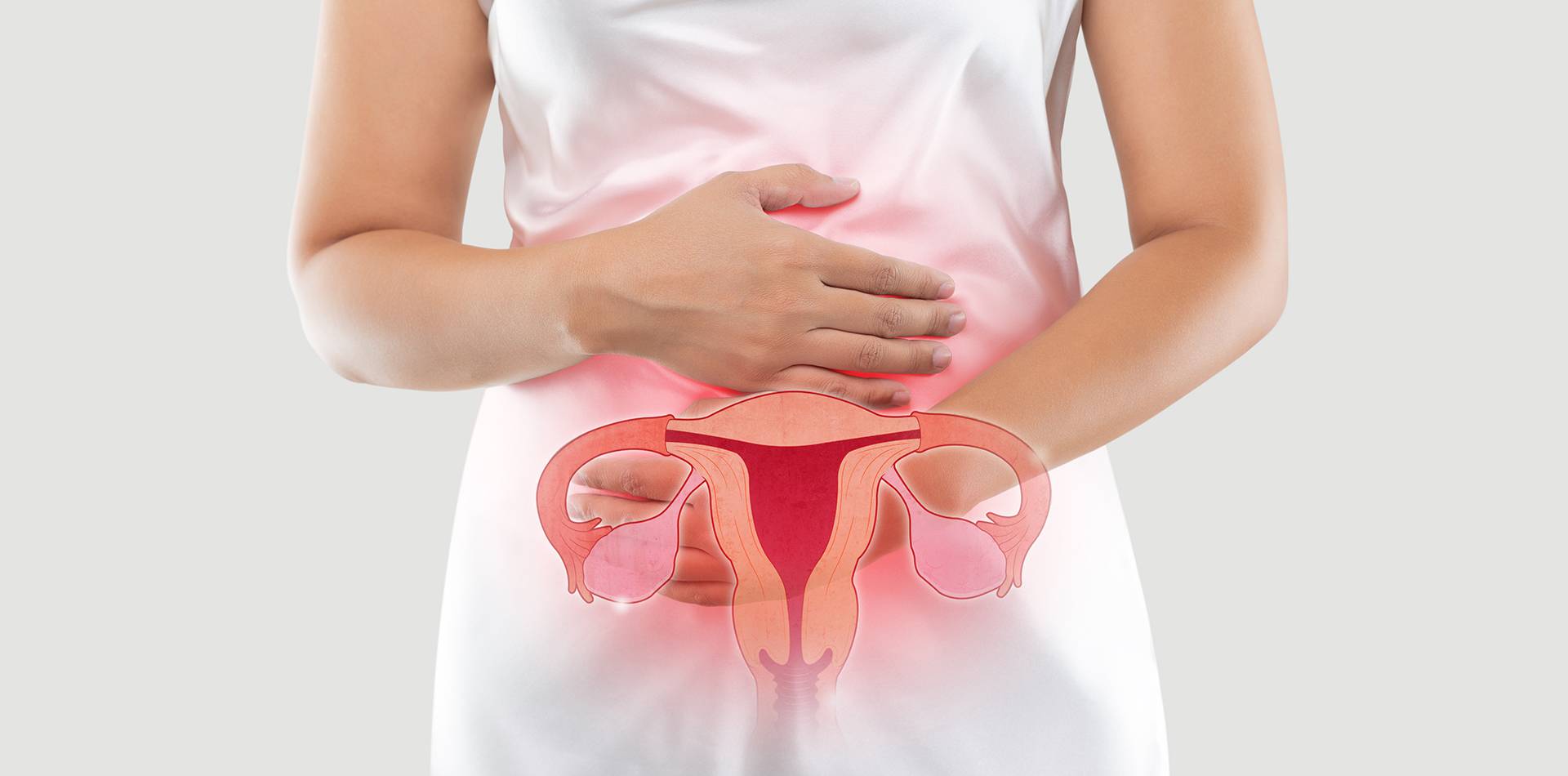Here are 7 ways to better understand your menstrual cycle
I want you to think about what you were taught about your menstrual cycle and how?
For me, I remember a room full of sweaty primary school children watching a strange VHS tape about girls’ puberty. Without the wisdom of the other women in my life, I’d be totally lost.
42% of women experience menstrual shame and 58% of women experience embarrassment simply because they have their period.
Where does that leave room for women to ask stupid, necessary and personal questions to understand their menstrual cycles?
Hint: there isn’t!
The culture around menstruation needs to change. It starts with open and honest conversations. We want to help women become aware of their bodies and feel comfortable in them.
So what is the menstrual cycle?
Your menstrual cycle, also known as the ovarian cycle, begins on the day your period starts and ends the day before your period returns. This cycle is renewed approximately every 28 days, from adolescence (your first period) until the menopause.
What are the phases of my menstrual cycle?
Your menstrual cycle can be divided into 4 distinct phases:
- Menstrual phase
- Follicular phase
- Ovulatory phase
- Luteal phase
1) First phase of your menstrual cycle: you get your period
Your menstrual cycle begins when your period arrives: it may last a few days or even a week. Your body “expels” the uterine lining and the unfertilised egg from your previous cycle because you did not become pregnant.
2) Second phase of your menstrual cycle: preparing for ovulation
After your period, the pre-ovulatory phase begins, which lasts around seven days and prepares your uterus for ovulation. This phase is also known as the follicular phase.
During this phase, your brain, via the hypothalamus and pituitary gland, sends a chemical message that enables the release of two hormones. The first is FSH (follicle stimulating hormone), which stimulates the growth of the ovarian follicle, and the second is LH (luteinising hormone), which causes the release of the egg. At the same time, the follicle, stimulated in this way, releases large quantities of oestrogen. The release of this “feminine hormone” generates a feeling of well-being. You feel good about yourself, you have energy and your libido is at an all-time high.
3) Third phase of your menstrual cycle: ovulation
When the egg contained in the follicle reaches maturity, the follicle ruptures under the action of the hormone LH and releases a fertilisable egg. You then enter the ovulation phase. During this phase, your cervical mucus, which allows sperm to pass through to the egg, becomes thinner and translucent. This is why you may notice a white discharge. Some of you may also feel pain when the follicle (which measures two centimetres!) ruptures and travels through your fallopian tubes to reach the uterus.
This ovulatory phase lasts about two days and this is when you can conceive a child. Your oestrogen levels are at their highest and your libido is boosted!
4) Fourth phase of your menstrual cycle: after ovulation
After the ovulatory phase, the final stage of your menstrual cycle begins, known as the luteal phase, which lasts around fourteen days.
The first part of this phase is common to all women and prepares your uterus to receive any fertilised egg. The follicle, which has released the egg, heals and transforms into the corpus luteum, which then secretes progesterone. Throughout this second part of the cycle, progesterone levels rise crescendo until they exceed those of oestrogen. Your uterine wall becomes thicker and more vascular in preparation for the eventual implantation of the fertilised egg. Progesterone, also known as the “maternity hormone”, can make you feel a little down and anxious.
Your body will then adapt according to two very different scenarios:
a) Your egg has not been fertilised.
If the egg has not been fertilised, hormone secretion drops significantly and the corpus luteum begins to degenerate. The lining of the uterus and the unfertilised egg will then detach and be shed through menstruation. You then enter a new menstrual cycle.
b) Your egg has been fertilised.
If the egg has been fertilised, it will “cling” to your uterine wall. This is called implantation. Once implanted, the egg will begin to secrete chorionic gonadotropin hormone (HCG), also known as the “pregnancy hormone”. This keeps the corpus luteum active so that it can continue to secrete oestrogen and progesterone. Your pregnancy has just begun!
The menstrual cycle and its ovulation phase: how do you recognise it?
There are three physical factors to know if you are entering the ovulation phase of your menstrual cycle. Other physical symptoms may occur (bloating, lower abdominal pain, high libido, etc.) but they vary so much from one woman to another that it can be more complicated to associate them with your precise day of ovulation. So here are the signs that should alert you:
Firstly, you may notice the appearance of white discharge a few days before the start of ovulation. This usually becomes increasingly fluid and transparent, until it resembles egg white. This means that your sperm passage has been facilitated and it’s time to take action!
Secondly, you should be aware that your temperature rises slightly (by 0.3°C to 0.6°C) on the day following ovulation. This means that if you take your temperature every day for several menstrual cycles, you can determine quite precisely when your body is in this phase.
Finally, as explained above, at the moment of ovulation, your body secretes a hormone called LH which is easily detectable in your urine. This is when the ovulation test comes into play! To determine the most favourable period for getting pregnant, you can use ovulation tests that will tell you whether you are producing this particular hormone. By doing the test over several days, you can follow the rise in your hormones until you determine the day when the line is darkest (or most apparent), which will determine your ovulation day. We advise you to do a test every day for 6 days (from your 10th day of the cycle) to accurately determine your ovulation day and therefore the period when you are most fertile.













